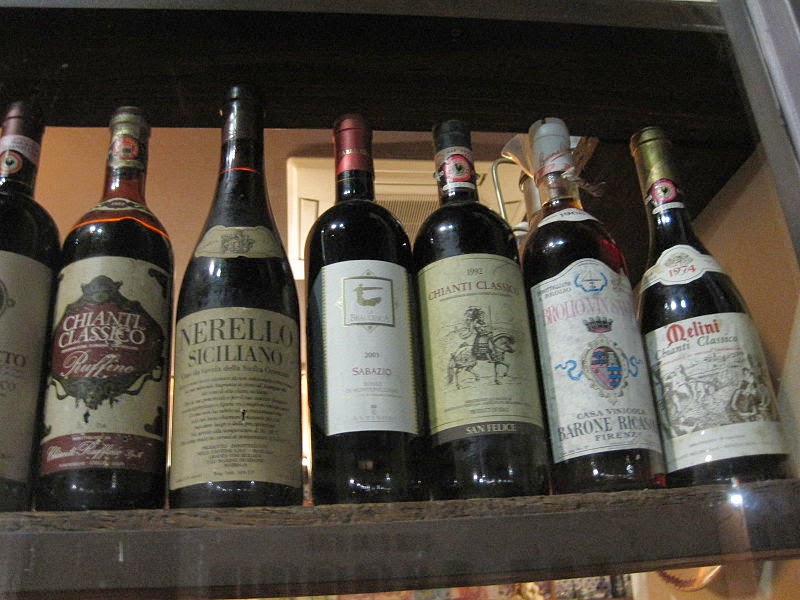Cortina Most Chic Winter Destination
Driving in Italy’s most chic winter destination has always
been a hazard, whether you are behind the wheel of a red Ferrari or a rusty
Fiat.
Car parking spaces in Cortina d’Ampezzo are as rare as
honest tax returns, and when one suddenly comes available the furious pedal
power, gesticulation and horn-blowing that follows is a salutary education in
the cultural passion attached to the automobile.
Italy’s most chic winter destination is dominated by a
magnificent green and white bell tower and a glittering confection of grand
19th-century mansions. It sits in splendid linguistic defiance of its
neighbours, a two-hour drive into the rugged Dolomites from the serene canals
of Venice.
Over the centuries it has variously been occupied by
Bavaria, France, Austria, Italy, Germany, and even the Americans in 1945.
But the people here
stubbornly maintain a spiritual independence of their own that may explain in
part their defiant attitude towards the Italian Inland Revenue.
While the residents of towns just a few miles away speak
either Italian or German as their mother tongue, the native Cortinese cling to
their ancient Ladino language to converse among themselves.
Cortina could once be counted in the top five ski resorts of
the world. At the height of its success it hosted the 1956 Winter Olympics.
But lack of investment in its lift system and its hotels
pushed it into a skiing backwater in the final decades of the 20th century.
Only now is it beginning to re-emerge as a potential world-class international
destination.
None of this has bothered wealthy Italians who are only too
delighted to bask in the glory of their own St Moritz or Megève without the
inconvenient presence of foreigners
Each winter the resort plays host to the cream of Roman and
Milanese society. For most of them the highlight of the day is not the first
morning powder run, but the sunset.
The town is surrounded by soaring cathedrals of dolomitic
sandstone that rise to over 3000m. In the final rays of the setting sun these
turn a surreal shade of bubble-gum pink.
The encroaching twilight is the signal for Cortina to come
out to play. A colony of fur coats and designer skiwear gathers noisily in the
Piazza Venezia at the start of the evening passegiata.
The actual business of skiing plays second fiddle to the
social sport of seeing and being seen in the elegant boutiques and antique
shops that line the pedestrianised Corso Italia.
By night the resort positively buzzes with excitement and
money. Restaurants such as Michelin-stared Tivoli and El Toula are the focus
for the glitterati and later on in the sophisticated nightclubs it appears to
be de rigueur for every Lamborghini owner to continue to wear his Ray-Bans even
in the wee small hours.
Oh, and the skiing? The ancient lifts are now gradually
being upgraded and it’s pretty good for all standards, with a total of 36 lifts
serving some 175m of piste. The area is also linked by ski bus into the rest of
the giant 1220km Dolomiti Superski area.








